RAPSODIA PER CHIMERE
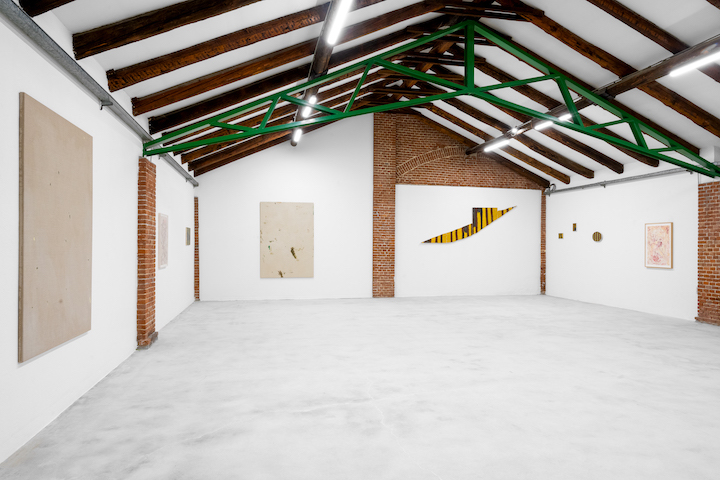

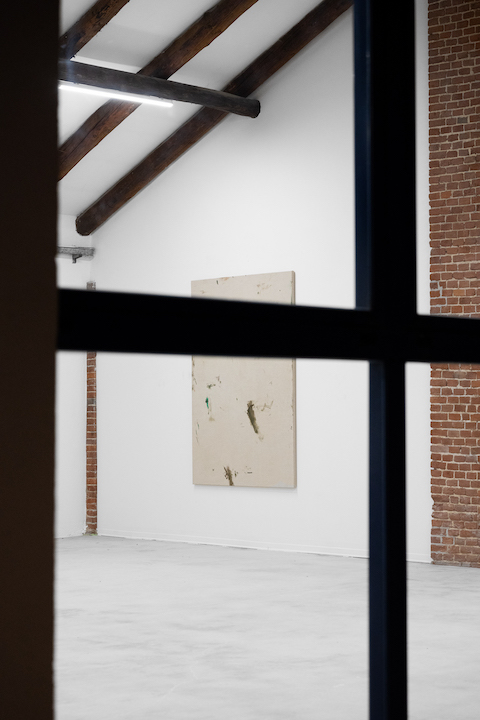
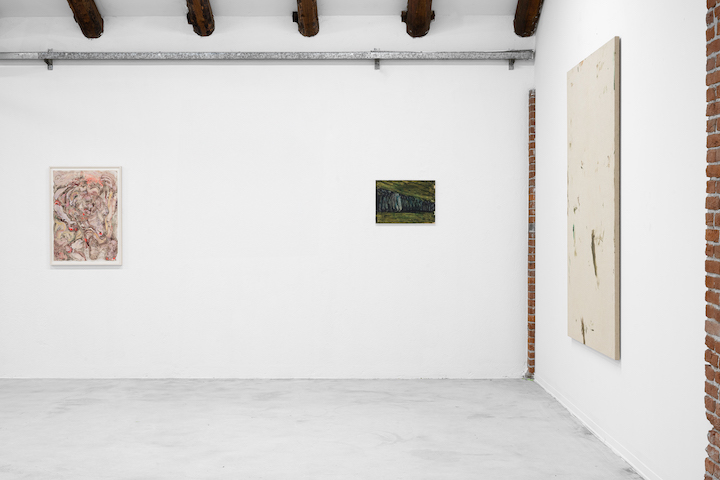
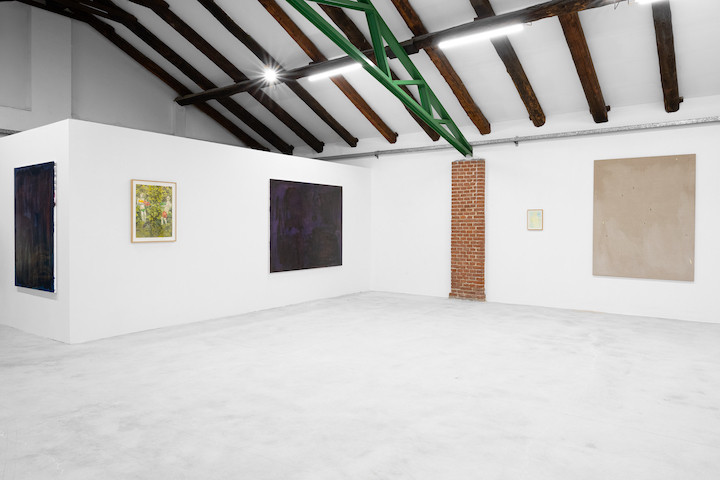
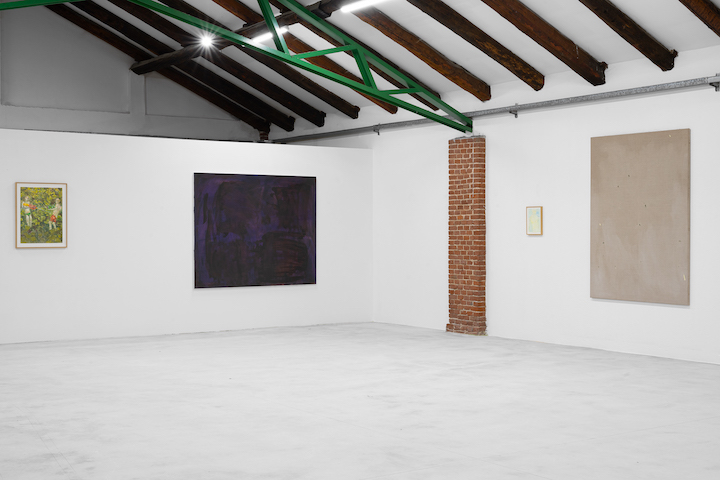

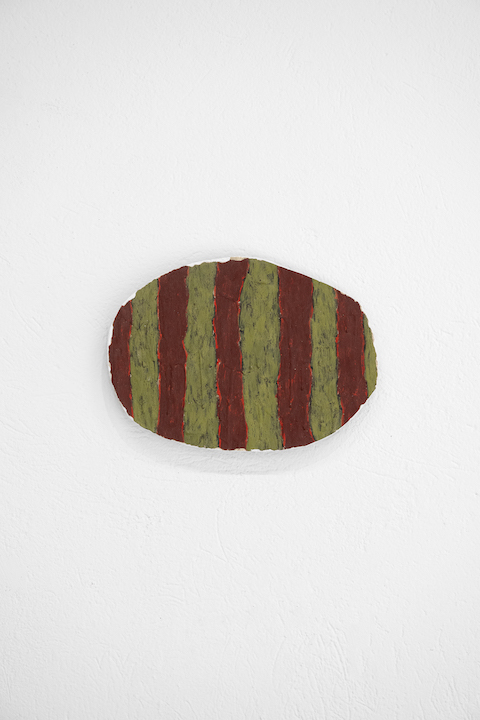
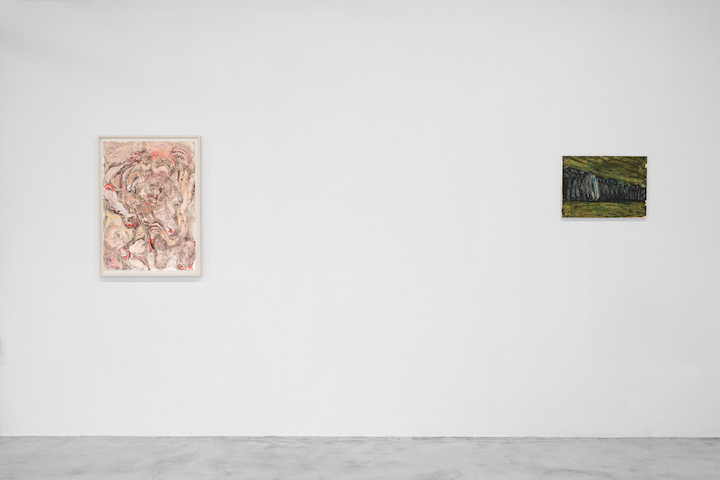
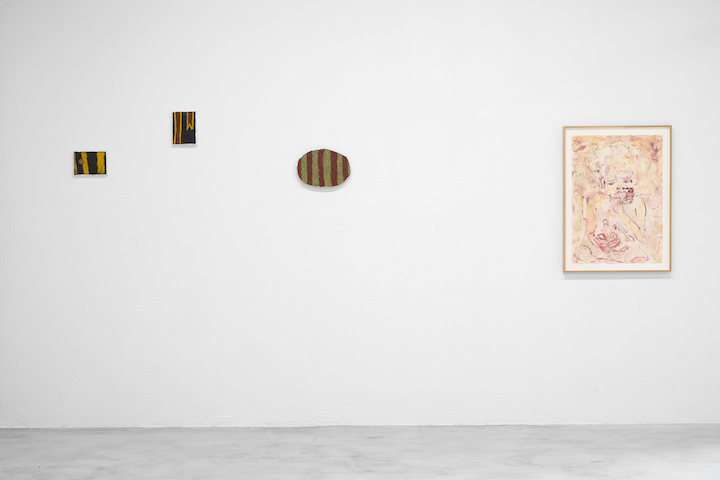
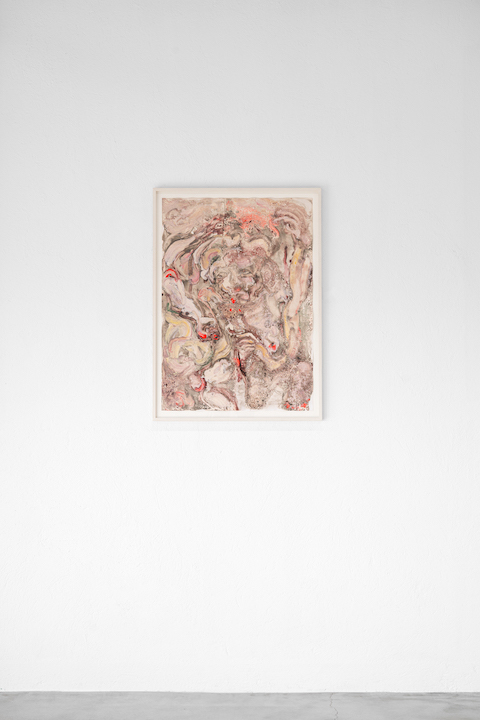
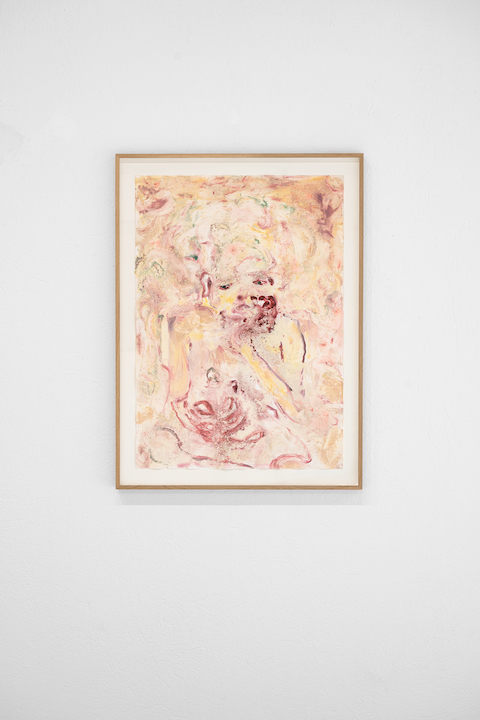
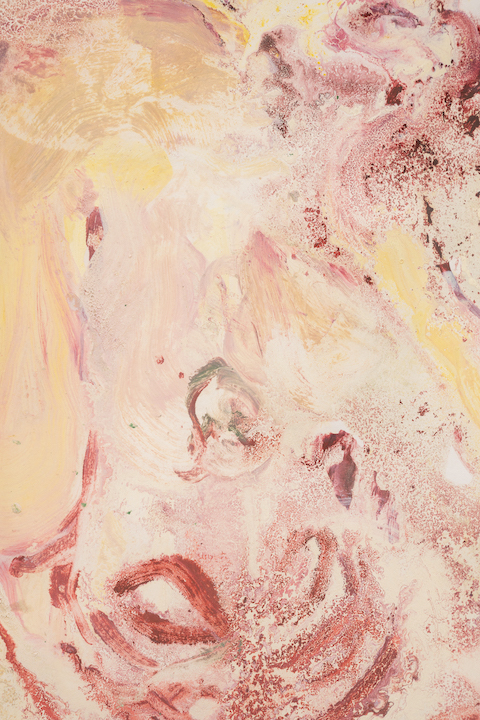

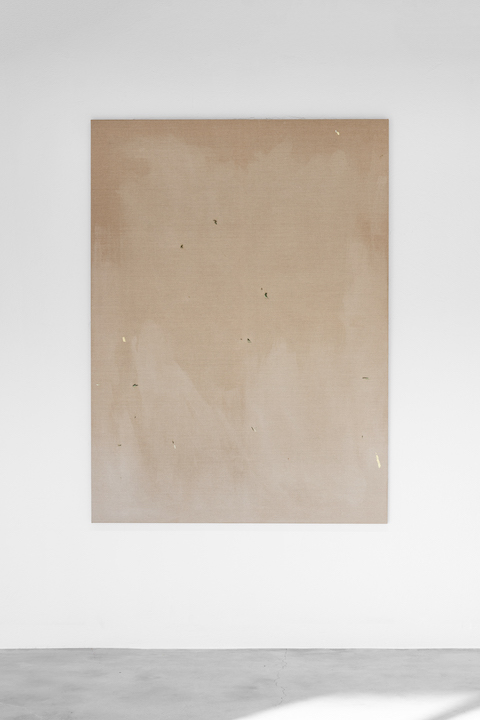
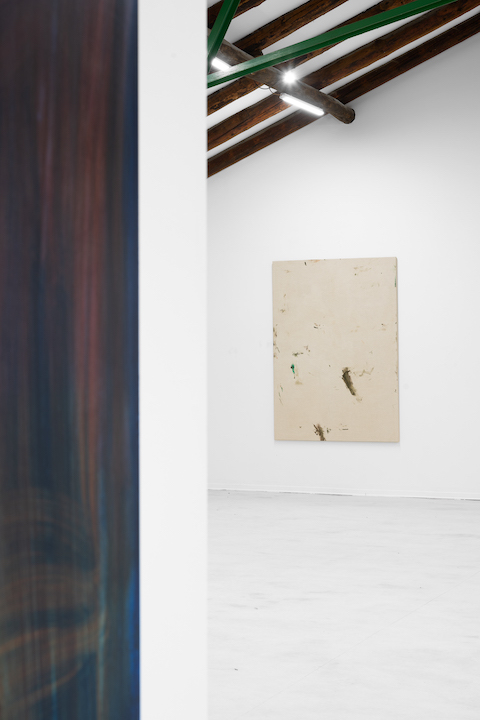
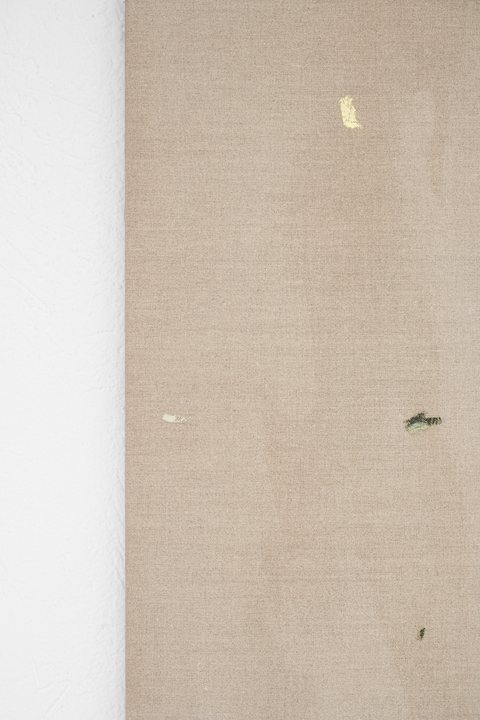
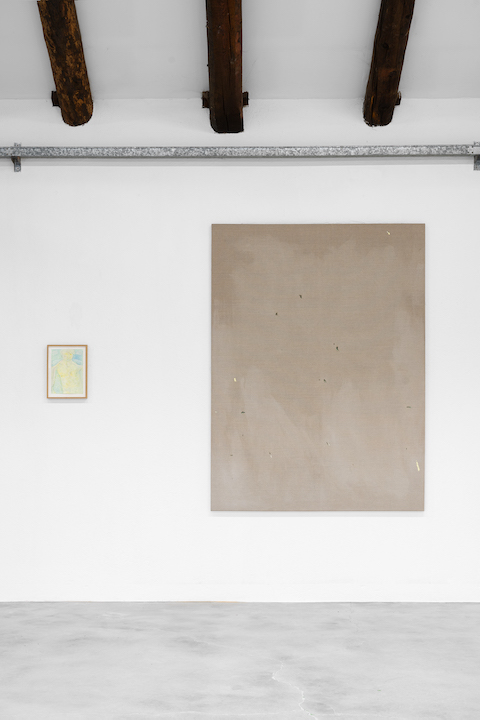
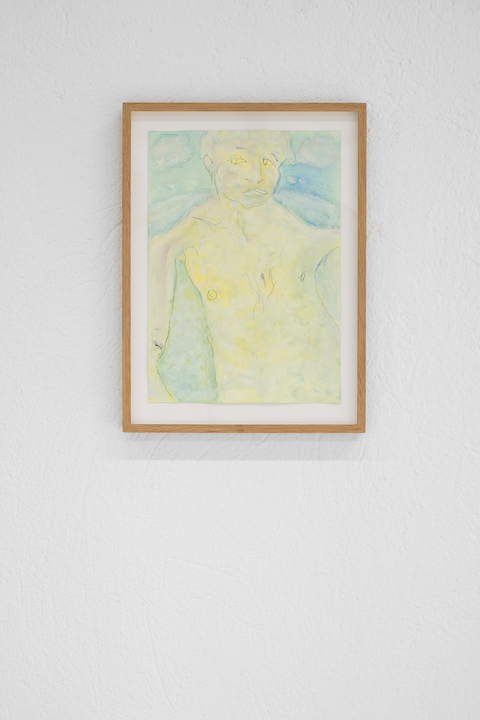
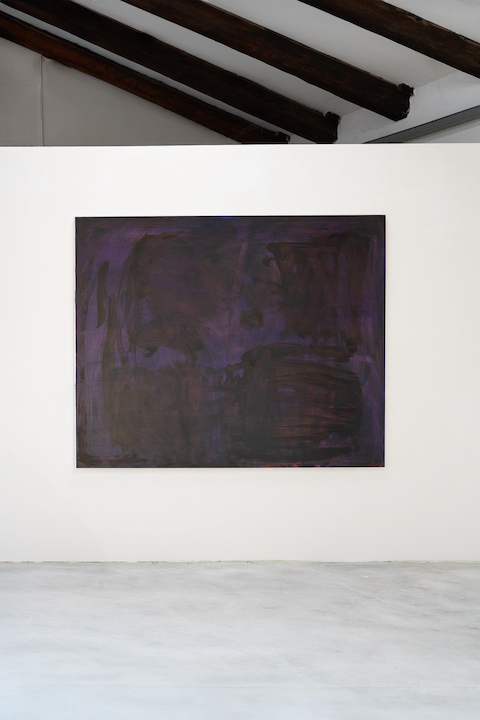
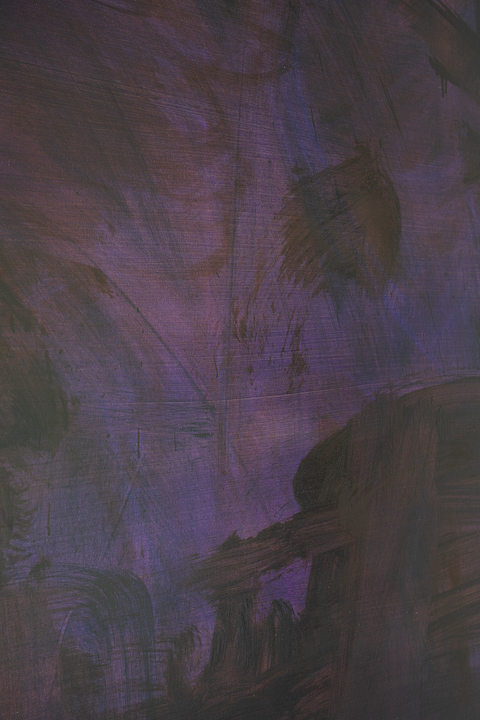

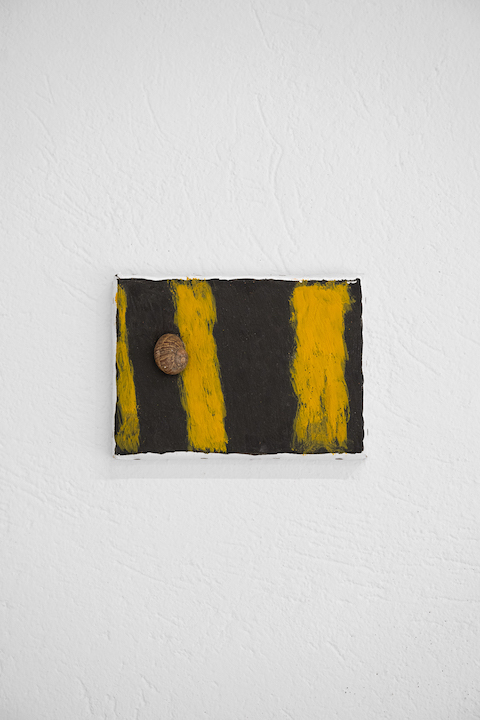
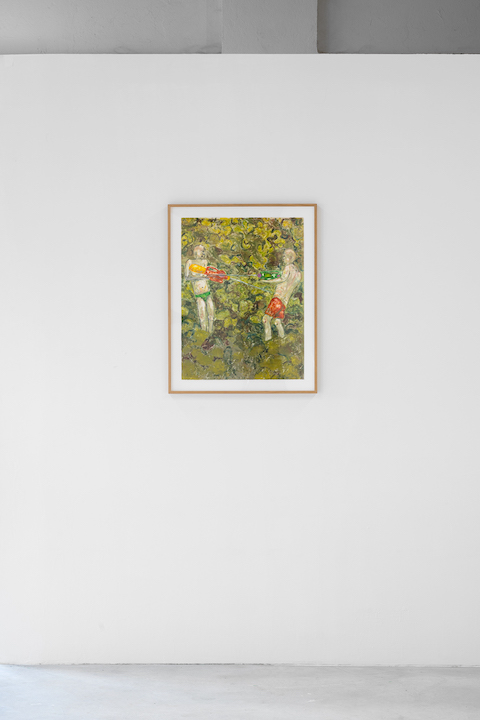
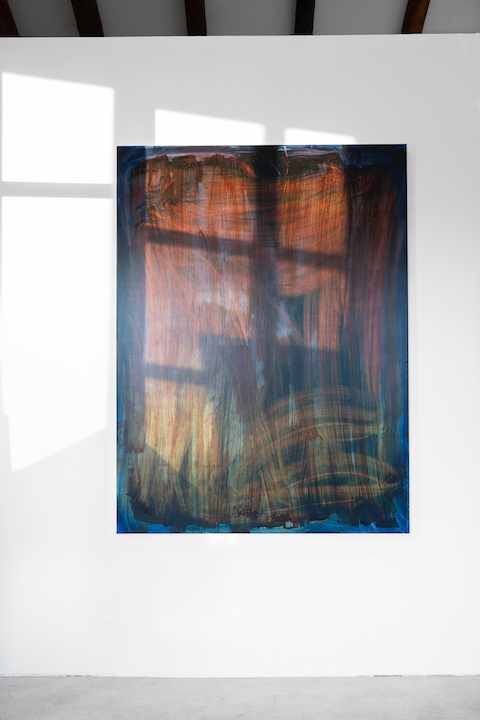
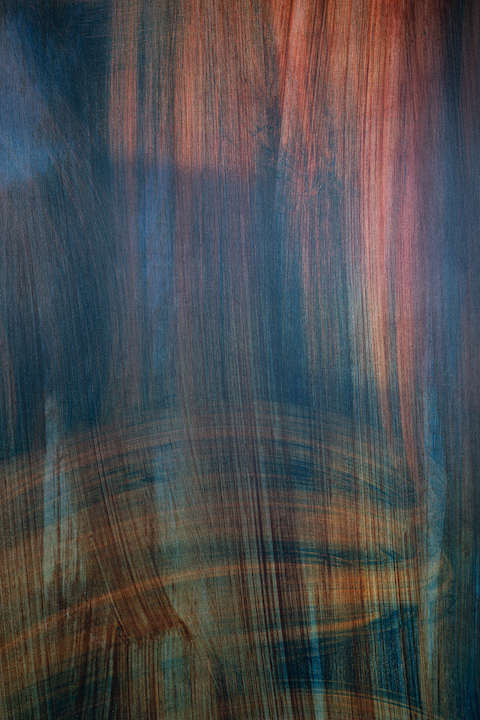
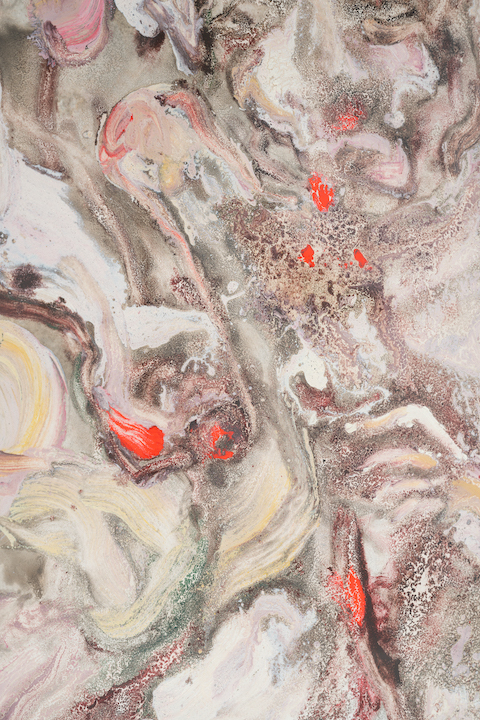
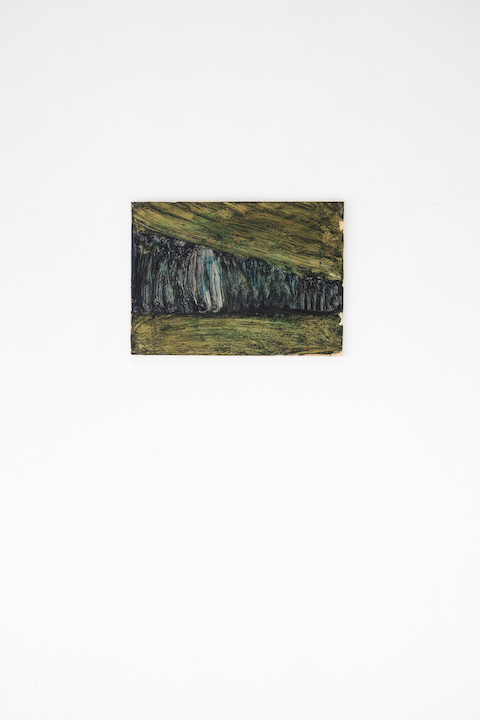

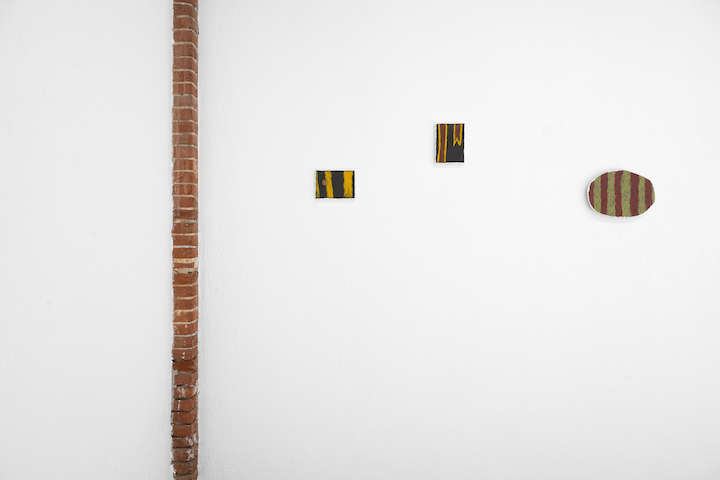
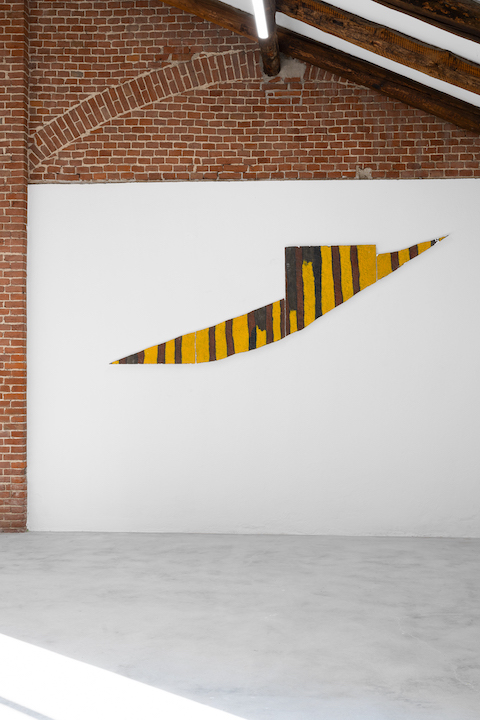
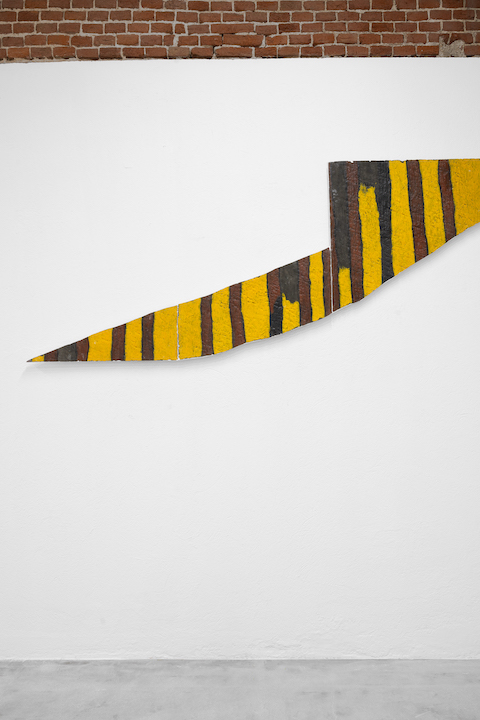
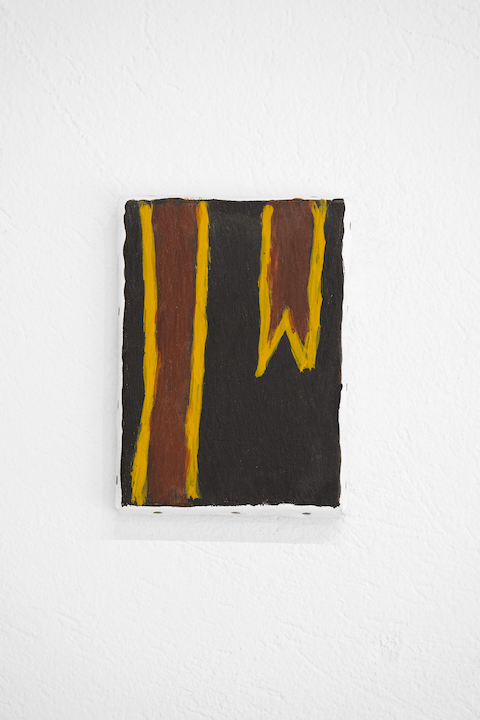
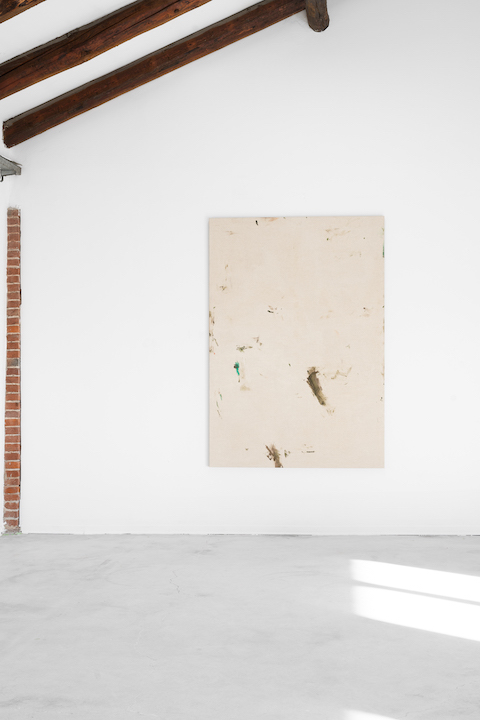
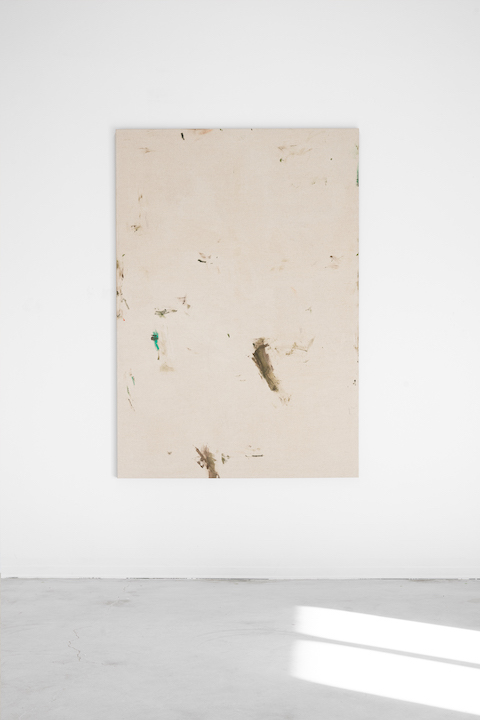
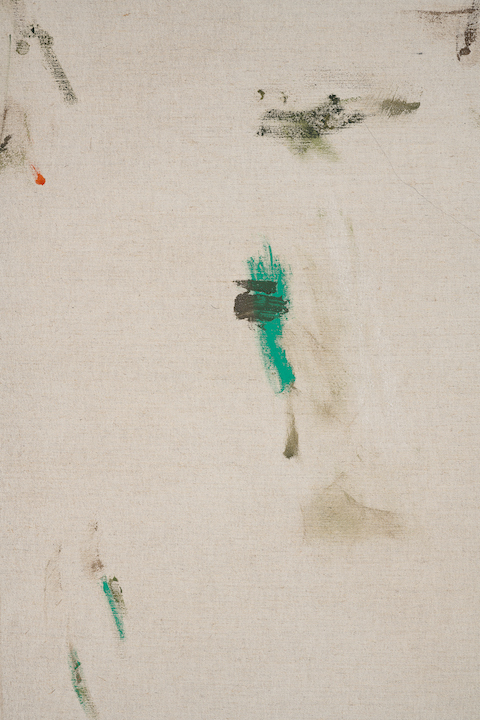
RAPSODIA PER CHIMERE
ANDRIU DEPLAZES MATEO REVILLO STRUAN TEAGUE CALLUM GREEN
by Allegra Fantini
13.02.2024 – 31.03.2024
Chimera: it enters our lexicon and becomes shorthand for everything that seems illusory, wonderful and unattainable, a three-way bridge between the human, the divine and the otherworldly.
It appears in one culture after another, in one era after another, to the point where, as Jorge Luis Borges notes in his Book of Imaginary Beings (1957), “over time the chimera tends to become ‘the chimerical'”. The form disappears and only the word remains.
Rhapsody: a one-movement composition of a free and varied character, within which hybrid practices move, inviting us to reflect on the sign and the symbol, the figurative and the abstract in contemporary painting.
The works selected follow a path that escapes traditional canons and classifications: inside the room, divisions and boundaries dissolve, distant glances converge to reveal the persistent human need for chimeras.
A.D.
The oil and watercolour brushstrokes of Andriu Deplazes present a vision that re-imagines the coexistence of all the formal components that characterise his work; each relationship between the elements is determined by mutual permeability.
Its visual investigation develops along the thin line of dynamic tension between violence and ease, natural and artificial. The aggressiveness of gesture, combined with the vibrancy of colours, leads to the realisation that the immediacy of Deplazes’ works lies in the details, minimal and subtle.
In the juxtaposition of lines in Two bodies splashing each another, the playfulness of subject and colours (deliberately) does not entirely hide the brutality, which acts as a deafening background.
It is in the delicacy of the tones and the fluidity of the bodies, in a constant oscillation between figurative and abstract, that the centrality of the human dimension is revealed.
The figures populating the works are hybrids in the purest sense of the word: the distinction between male and female is impossible, only their humanity is perceived. In Watery Fantasia on my body, the transition is complete: man and nature become one, thanks to Deplazes’ brush.
Like a chimera, Deplazes’ works are forms evoked at the extreme limits of our collective imagination. They enter the world of men in a mysterious way, but once there, they become something with which we can reflect on our humanity.
M.R.
In Mateo Revillo’s work, the boundary between painting and architecture dissolves: the image expands beyond the pictorial surface and becomes an integral part of the space.
The modular organisation of the plaster panels in Etrusco – Campo, the lines and the colour backgrounds reveal the need for an architectural type of order, which Revillo contaminates: on the one hand, by using organic materials beeswax and shells – thus leading to the recovery of a primitive purity, evoking in the background a hectic, energetic and unfiltered world; on the other hand, by intervening on the pictorial surface with strongly violent gestures.
A profound material sensitivity coexists with an aptitude for gesture.
The works become an in-between place where lines of dialogue overlap and break through space-time barriers: the pictorial gesture opens up to instances from antiquity and primitive civilisations, bringing the idea of abstraction back to a human simplicity. The caracoles that furrow the smaller canvases are organic materialisation of this concept: things become abstract because they escape physical perception, the caracol overturns the order of things and presents a trompe l’oeil in reverse – it looks painted but it is not. Just as the works break down the boundary between painting and architecture, the caracoles, with their constant upward movement, erase the barrier that separates the world from the painting.
S.T.
Lines, touches of colour and impetuous brushstrokes are the building blocks of Struan Teague’s abstraction. These elements harmonise in unpredictable compositions, creating a visual language that seems to emerge from perceptions at the edge of the rational.
It is in the canvas that Teague performs the miracle of a deceptively abstract revelation: what instinctively appears as a mere sign, conceals within itself a reminiscence of the symbol. It is a desaturation in palette and form: the artist returns to a ground zero of painting. These gestures are notes: synthetic compositions of still lifes, sketches of real or imaginary architecture. But again: meta-painting, in that mimetic representation of the canvas that confuses the eye and the very perception of the division between the real and the image.
The gestural aggressiveness characterising works such as Unfinished Angle is balanced by the gentleness of the (false) voids created by the support: a narrative and a revelation that resist any form of dogmatism and rationalism.
A language far removed from normal written and verbal communication, in which violence and tranquillity form a harmonious, chimerical composition that calls for exploration and constant discovery of the connections and contradictions of contemporary painting.
The reading of the works remains slightly veiled by an aura of mystery, which keeps the poetic unfolding inexhaustible.
C.G.
In Callum Green’s research, the symbol remains a distant appanage that only finds space in fragments or phrases that can become the very titles of the works. The synthesis is extreme, everything is reduced to a balance of gesture and colour that supports the image.
It is a constant oscillation between the deliberate and the instinctive in infinite chromatic paths that Green’s works invite us to follow.
It is a journey: Curtain, which opens not only the reading of Green’s works, but the interpretation of the whole exhibition, like a curtain opening on a world without rules, where things that are impossible to narrate happen, is followed – by affinity and genesis – by And Lastly, and then, finally, by Night Grass.
It is as if the brush is still imbued with colour and movement, marking a continuous but imperceptible line of this discourse within a broader narrative.
The dynamism of the brushstrokes reveals a spontaneity that marks and outlines the structural and formal boundaries of the canvas, within which moments of gentle chaos occur. A struggle that reveals itself through subtle and continuous superimpositions, through material subtractions, until the creation of those dreamlike and fluid scenarios in which, on the rhapsodic notes of a primordial ballad, the last chimeras dance.

